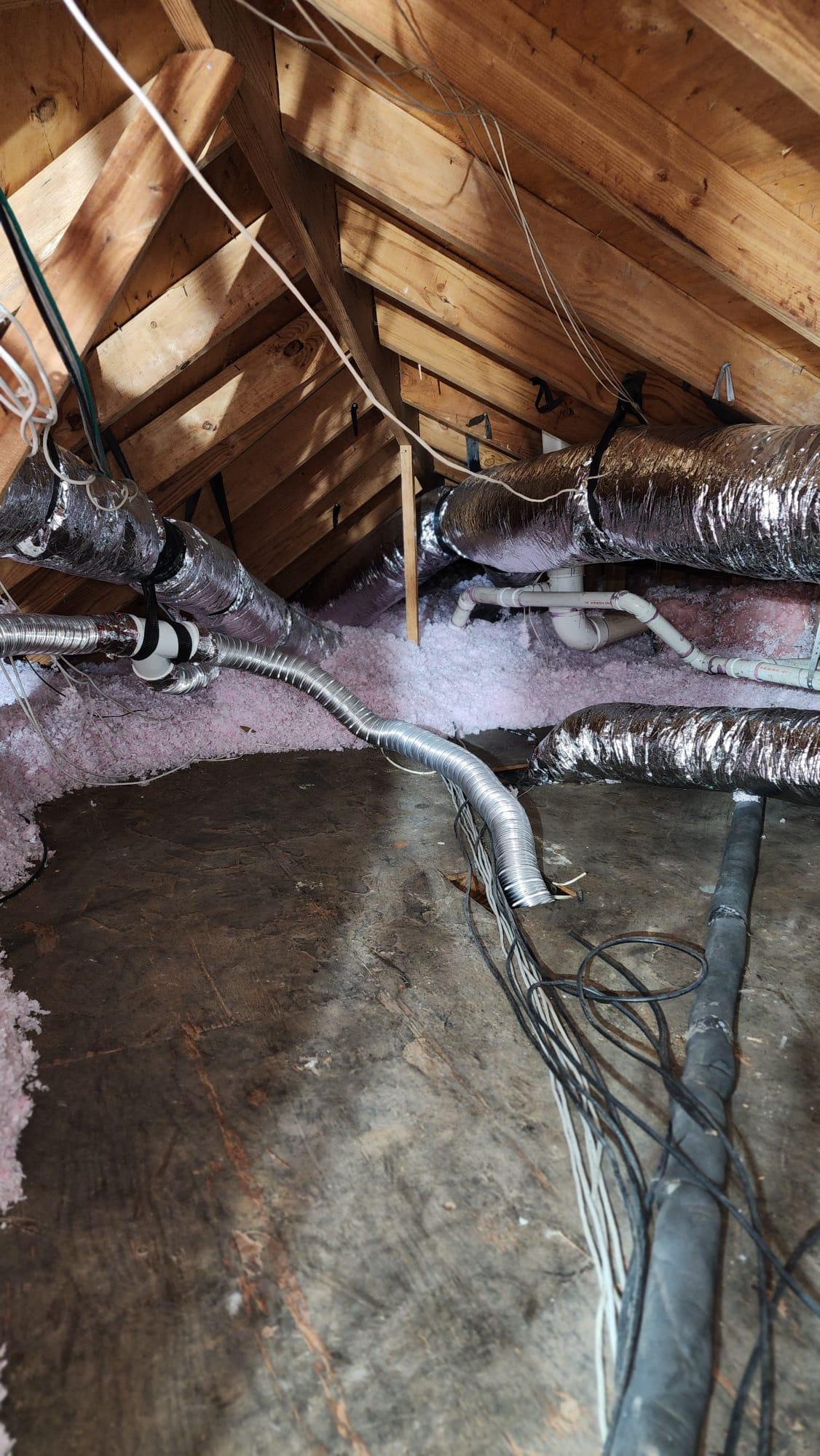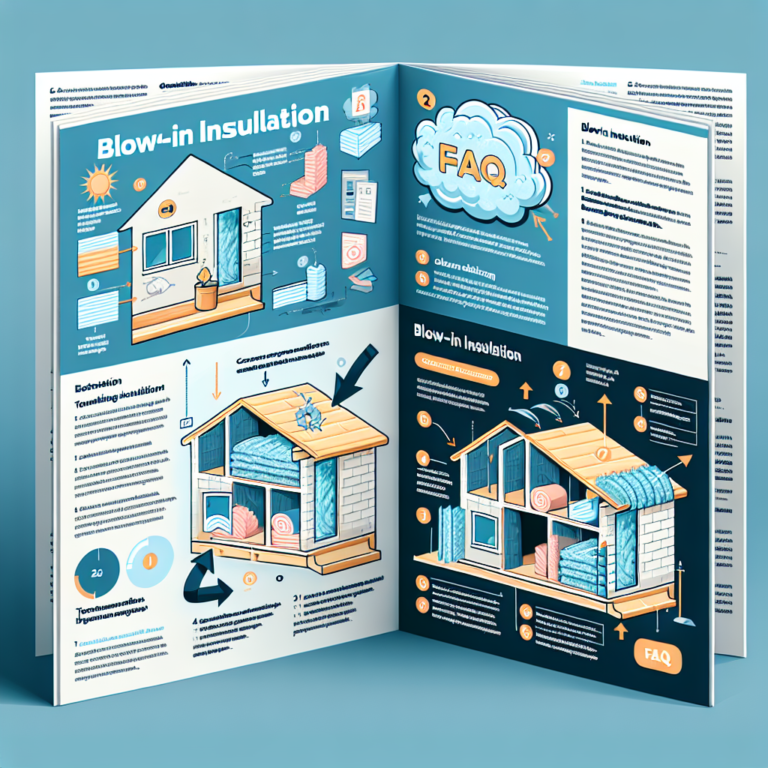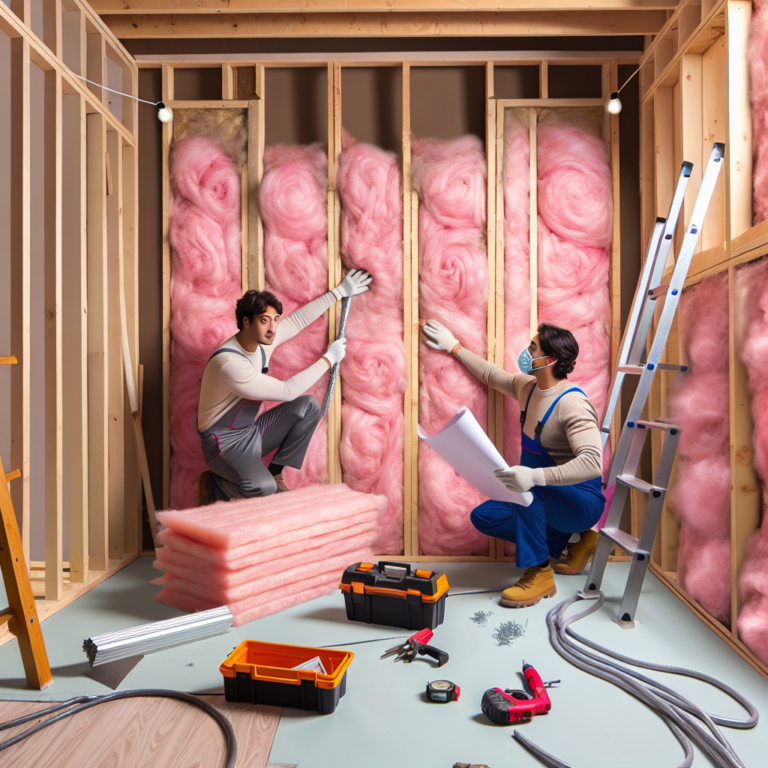Discover the Benefits of Nearby White Fiberglass Blow In Insulation
Introduction
Efficiently insulating your home with white fiberglass blown in insulation not only keeps you warm in the winter and cool in the summer but also slashes energy bills and enhances comfort all year round. This versatile material—composed of tiny, inorganic glass fibers—is blown into attics, walls and crawl spaces to form a seamless, high-performance thermal barrier. In this article, we’ll explore how white fiberglass blown in insulation works, why it’s a top choice for homeowners, how to select the right product, and what to expect during installation.
H2: Benefits of White Fiberglass Blown In Insulation
White fiberglass blown in insulation delivers a host of advantages that make it an ideal solution for both new construction and retrofits:
• High R-Value per Inch
With an R-value of 2.2 to 2.7 per inch, white fiberglass blown in insulation provides excellent resistance to heat flow. The higher the R-value, the more effectively your home retains conditioned air, reducing the workload on HVAC systems.
• Complete Coverage in Tight Spaces
Unlike rigid batt insulation, the loose-fill fibers conform to irregular cavities, nooks and crannies. This ability to seal gaps around pipes, wiring and ductwork minimizes thermal bridging and drafts.
• Enhanced Soundproofing
The dense network of glass fibers traps airborne noise, cutting down on sounds from dishwashers, laundry machines and outside traffic. This makes living spaces quieter and more comfortable.
• Fire Resistance and Safety
Made from non-combustible glass, white fiberglass blown in insulation will not ignite or fuel a fire. In the event of a blaze, it helps slow flame spread, providing valuable extra minutes for evacuation.
• Environmentally Friendly
Many manufacturers incorporate a substantial percentage of recycled glass into their products. As a result, white fiberglass blown in insulation reduces landfill waste while delivering long-term energy savings that decrease carbon emissions.
• Invisible Finish
Once installed, blown in insulation settles into wall cavities and attics unseen. Unlike batts that can protrude or sag, it preserves the aesthetics of your home’s interior and exterior.
H2: How to Choose the Right White Fiberglass Blown In Insulation for Your Home
Selecting the best white fiberglass blown in insulation involves balancing performance, cost and installation considerations:
1. Determine the Required R-Value
Consult local building codes and climate recommendations to pinpoint the ideal R-value for your attic, walls or floors. Northern climates often call for higher R-values than southern regions.
2. Compare Density Ratings
Higher-density products pack more glass fibers per cubic foot, raising R-value and soundproofing but also adding cost. For attics, a mid-density option often provides the best value; walls may benefit from a lighter density to ease settling.
3. Check for Certifications
Look for ENERGY STAR® approval or ASTM testing, which ensure the product meets industry standards for thermal performance and safety.
4. Evaluate Cost versus Longevity
While premium formulations may carry a higher upfront price, they often resist moisture, settling and mold growth better over time—translating to greater long-term savings.
5. Choose a Reputable Installer
Proper coverage and density are critical. Hire a certified insulation contractor who uses calibrated blowing machines and follows manufacturer guidelines.
H2: The Process of Installing White Fiberglass Blown In Insulation Nearby
Understanding the installation steps helps you prepare and set realistic expectations:
1. Site Preparation
The crew clears the attic or wall area of debris and obstacles. Attic hatches and wall cavities are sealed to prevent insulation from infiltrating living spaces.
2. Measurement and Calculation
Technicians measure square footage and desired depth to calculate the exact amount of insulation needed, avoiding over- or under-application.
3. Blowing in the Insulation
Using a specialized blower, loose-fill glass fibers are pneumatically fed through hoses and evenly distributed to the specified thickness. Installers monitor density and depth throughout the process.
4. Leveling and Inspection
After filling, the team uses rakes or boards to level the insulation surface. A quality check ensures there are no voids or inconsistent areas.
5. Cleanup and Waste Disposal
Excess material is swept up and recycled or disposed of responsibly. Work areas are left clean, and any disturbed vents or hatches are resealed.
H2: Q&A About White Fiberglass Blown In Insulation
Q: Is white fiberglass blown in insulation safe for indoor air quality?
A: Yes. Because it’s made from inorganic glass fibers, it does not support mold or emit harmful gases. Properly installed, it poses no long-term health risks.
Q: How long does blown in insulation last?
A: With no significant settling or moisture damage, white fiberglass blown in insulation can last the lifetime of the structure—often 50 years or more.
Q: Can I install white fiberglass blown in insulation myself?
A: While rental machines are available, professional installation ensures correct density, depth and coverage, maximizing energy savings and safety.
H2: Conclusion
Investing in white fiberglass blown in insulation is one of the smartest ways to boost comfort, cut energy costs and protect your home. Its high R-value, gap-filling capabilities, fire resistance and eco-friendly credentials make it a standout choice for any homeowner. Whether you’re upgrading an older attic or insulating new walls, reach out to a qualified local installer today to discover how white fiberglass blown in insulation can transform your living space—and your utility bills—for years to come.












